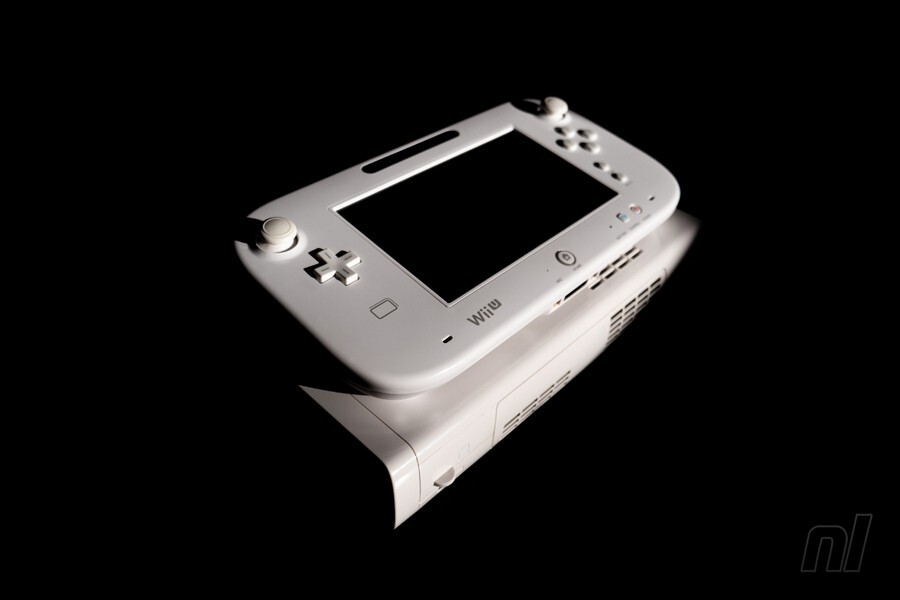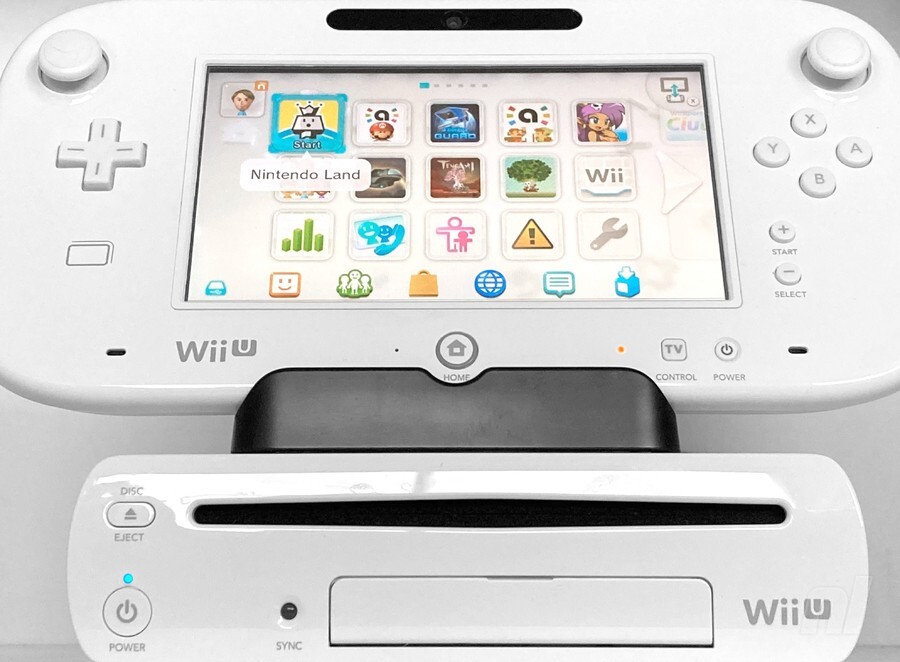
It's the 10th anniversary of the Wii U's North American launch and to mark the occasion we invited erstwhile Nintendo Life editor and all-around thoroughly nice chap Thomas Whitehead to reminisce about the machine, the time he first got his hands on it, and the hot takes he had pre-launch...
The Wii U is now 10 years old, which may come as a surprise. It’s been off the market long enough that it feels like the system should be in its teens by now. But, as most reading these pages know, it was a sizeable commercial failure for Nintendo. In fact, if you disregard the Virtual Boy, it is Nintendo’s worst-selling 'mainline' console. Yes, it’s very sad, let’s all take a moment…
Of course, some of us – including this humble scribe – still have the charming if flawed system hooked up. After all, it’s actually pretty darn cool, and it’s backwards compatible with Wii games. Yet with this anniversary, I was asked to think back to the launch of the system, and in particular pre-launch. At that point, I was Features Editor on these pages and all-in on that day-to-day Nintendo Life. And you know what? The Wii U was – whisper it – exciting.
When the first question in most interviews was “erm, is it a peripheral for the Wii?”, then trouble was ahead
Well, despite Nintendo’s best efforts. I’m not sure who was ultimately in charge of the E3 2011 reveal presentation for the system, but it was a miscalculation. When the first question in most interviews that summer was “erm, is it a peripheral for the Wii?”, then trouble was ahead. Some fault can be found with the press conference and related videos, or with the actual brand name, or even that glossy plastic shell on the GamePad, but even years after the darn thing released some less-focused consumers still thought — understandably — that it was an unnecessary Wii add-on.
Yet, despite the portents of doom triggered by that reveal, a number of us were fascinated and genuinely anticipating the system. What was clear was that the same philosophy that drove the Wii was actually behind the Wii U. The goal of the Wii was to provide intuitive gaming to attract a ‘blue ocean’ of gamers. With its successor, Satoru Iwata and his team had observed the rise of smartphones and their impact on family units, or indeed groups of friends. A picture of four people in a room all focused on separate screens was posed as the challenge, with the Wii U striving to replace that dynamic with a gaming system that made multiple screens a shared experience for all.
Asymmetrical play was to be the replacement for motion controls, and there’s little doubt that it excited some developers early on. We were invited to a press preview at Nintendo of Europe in the months ahead of release, and could see how the vision of the system was shaping up. Yes, there were third-party ports with some optional GamePad play thrown in, but early-on Nintendo Land and ZombiU set the stage for how the two-screen setup could shine.
Nintendo Land is underestimated to this day; at its best, it can be incredibly fun
ZombiU remains a game with simple but excellent execution, and it was an early scene-setter. It was harder to be enthused by ports of the likes of Mass Effect 3, however, as it was well known that around a year later ‘next-gen’ systems from Sony and Microsoft would again put Nintendo’s system behind on power terms. Like all Nintendo systems, then, it would live or die on its concept and exclusives.
If you really wanted to, back then, you could find causes for optimism. Beyond Nintendo Land and ZombiU, we still had Rayman Legends as an upcoming exclusive, again incorporating a second screen in some fun ways. Nintendo was also working a second screen into more standard game experiences at that point, and further down the line — too far to save the system — we’d see nice use of the touchscreen in the likes of Super Mario Maker, and neat use of the controller in Splatoon. As a Nintendo-centric website, we were naturally inclined to seek the positives pre-launch. And yet, lingering concerns were never far away.
We also went hands-on as a group at Eurogamer Expo (now EGX) just a couple of months before release. Again, there was early potential and fun to be found. Nagging suspicions and fears were kicking in, though.
Nintendo Land is underestimated to this day; at its best, it can be incredibly fun. Yet the nature of asynchronous play is that it isn’t always immediately intuitive and simple. Rather than just waggle a Remote, the controls and concepts could get surprisingly complex, taking some of the collection’s games beyond less-skilled players. ZombiU was excellent, meanwhile, but not a system seller. A great idea does not always deliver a killer hook, and it felt like momentum was lacking.
What happened at launch is well known. Pricing, branding, and that critical absence of a system-selling concept or game doomed the Wii U to a slow start. Momentum was so bad after just a couple of months that stores were returning inventory, and Ubisoft bailed out and made Rayman Legends multiplatform. Nintendo itself didn’t fully commit to the vision, or perhaps couldn’t because it lacked the simple brilliance of Wii. First-party games arrived that basically ignored the GamePad — looking at you, Donkey Kong Country: Tropical Freeze — or treated it as an alternative control option that no one wanted.
We’re also in a weird time, now, where some seek a redemption arc for Wii U, suggesting it walked so that Switch could fly. That’s rather revisionist in my view, though I did once subscribe to that angle.
The Switch doesn’t have much in common with Wii U, with all those predecessor ports doing away with any or limited dual-screen functionality from the original. Sure, the GamePad could do ‘remote play’ to free up the TV, but the range was so chronic I could barely leave the living room before the signal broke up. The Switch is basically a tablet that can connect to a TV through an HDMI dock, and with smart bespoke controller rails for Joy-Cons; that simplicity, like with Wii, is actually its brilliance. Conceptually it has little in common with the vision of Wii U, but rather it was the result of Iwata-san and his team assessing the market, realising the Switch concept could be popular, and finding success.
Nintendo, particularly with consoles, is often boom and bust. The GameCube struggled, the Wii triumphed, the Wii U then toiled, before the company got it right again with Switch. The Wii U wasn’t a merging of handheld and console like Switch, it was a curio of a TV console that delivered some fascinating ideas. Regardless of all its problems actually selling units, it deserves credit and nostalgic praise for what it did bring in unique experiences.

Back in 2012, before it hit shelves amid ominously quiet midnight launches, most of us probably knew – deep down – that it was never going to escape the shadow of the Wii. Yet, 10 years on, it still merits a place under our (and your) TV. A box of tricks with Wii backwards compatibility, it can still raise a smile and a cheer a decade later.
Happy Birthday, Wii U.

